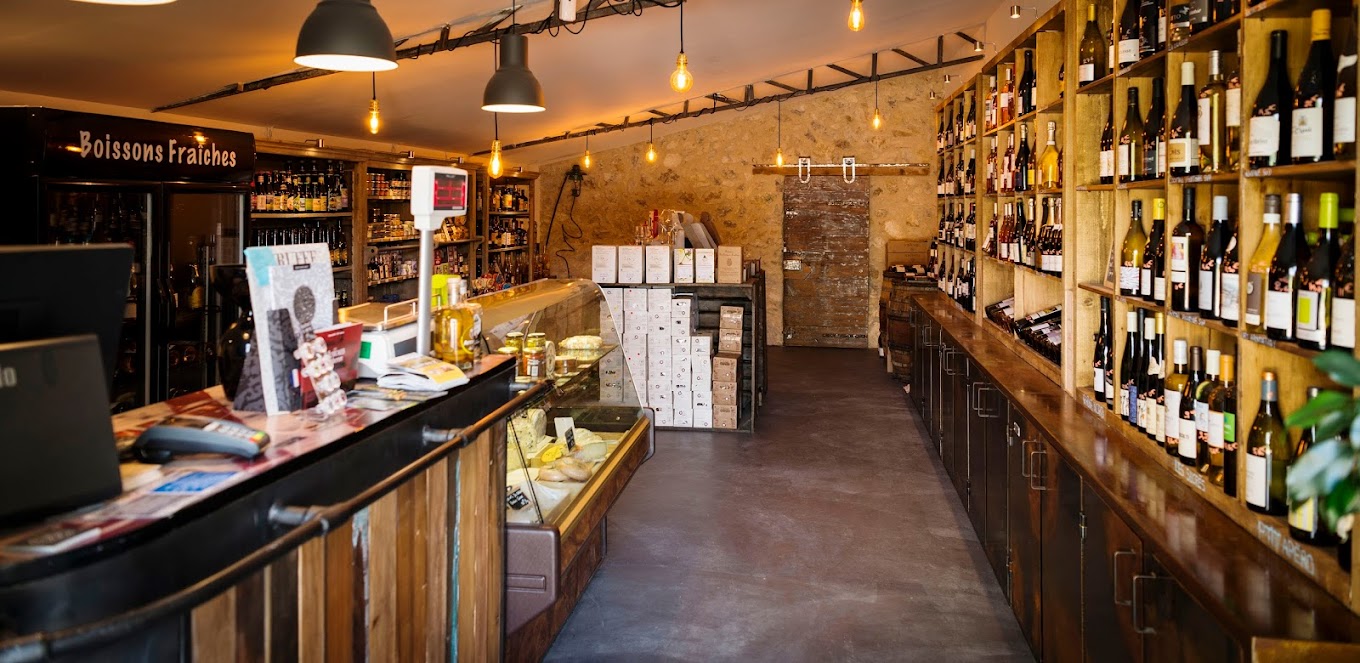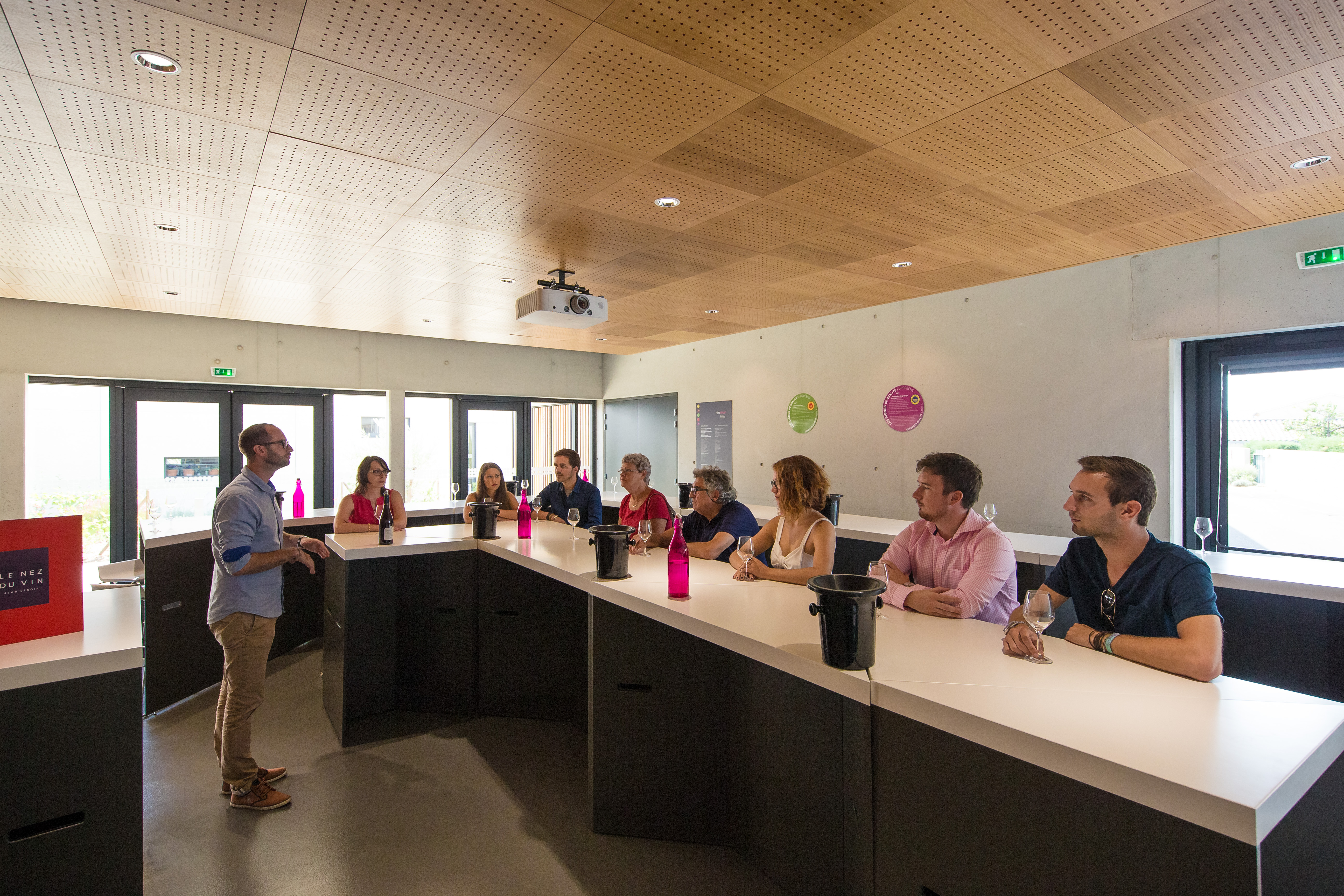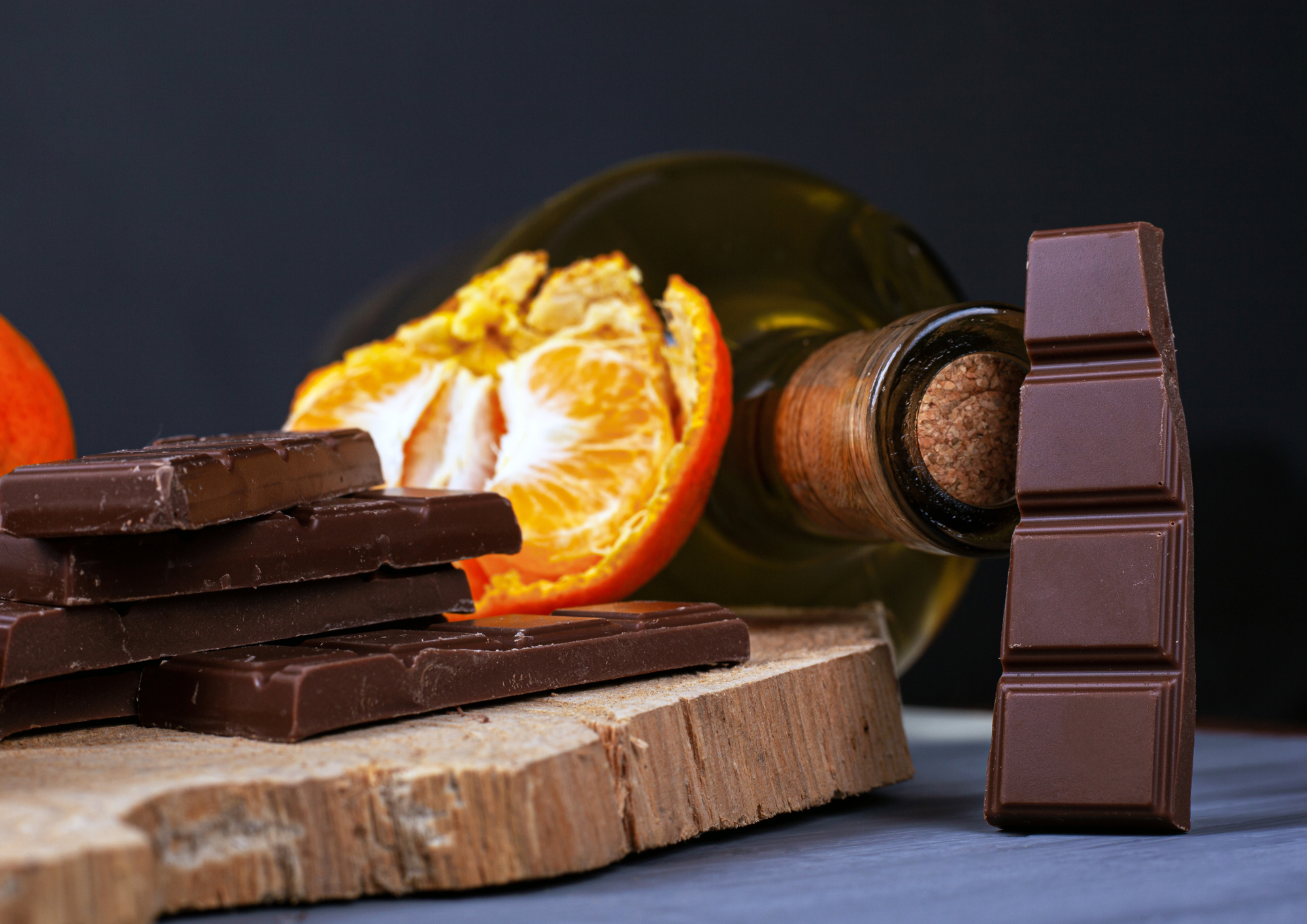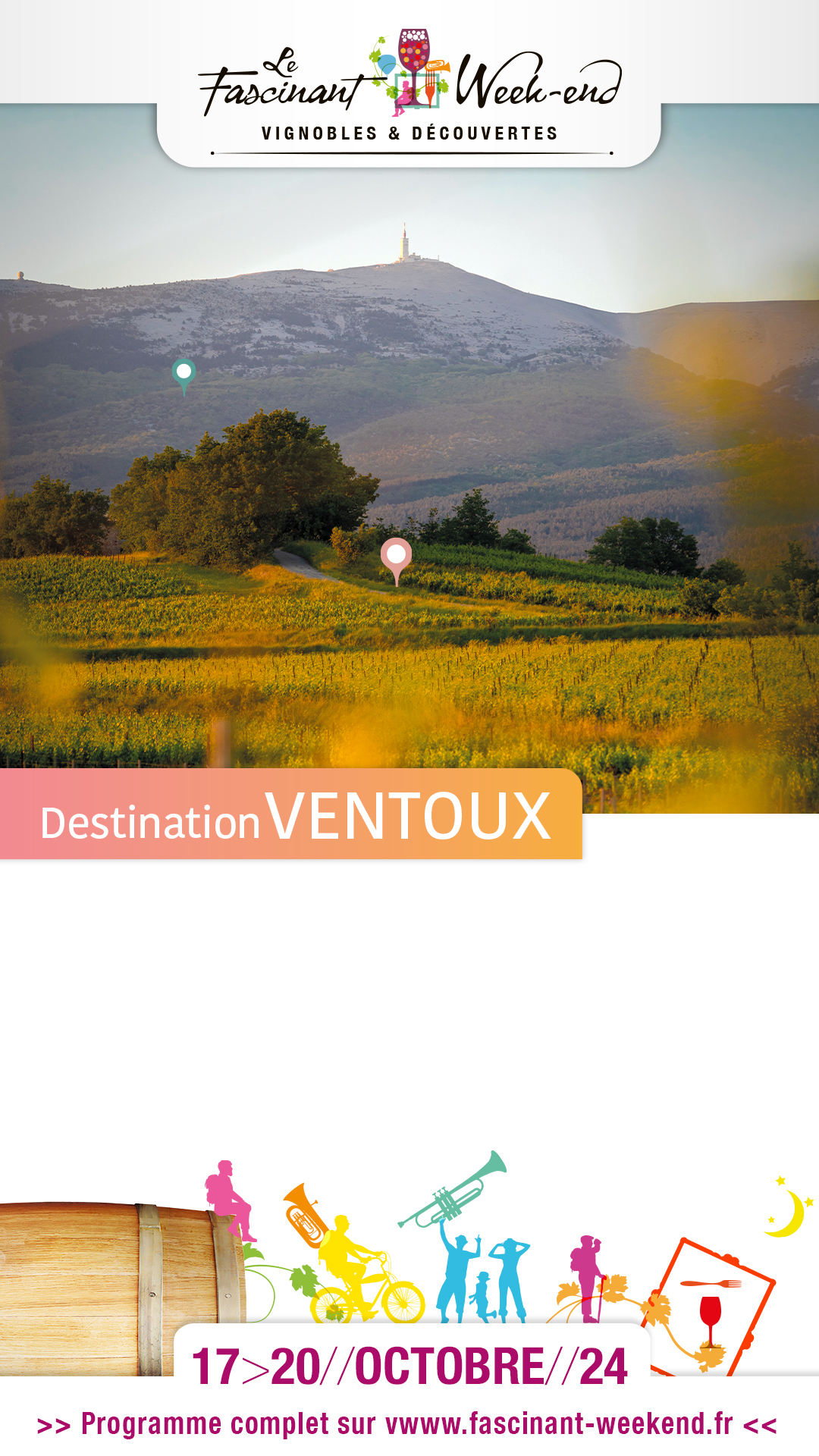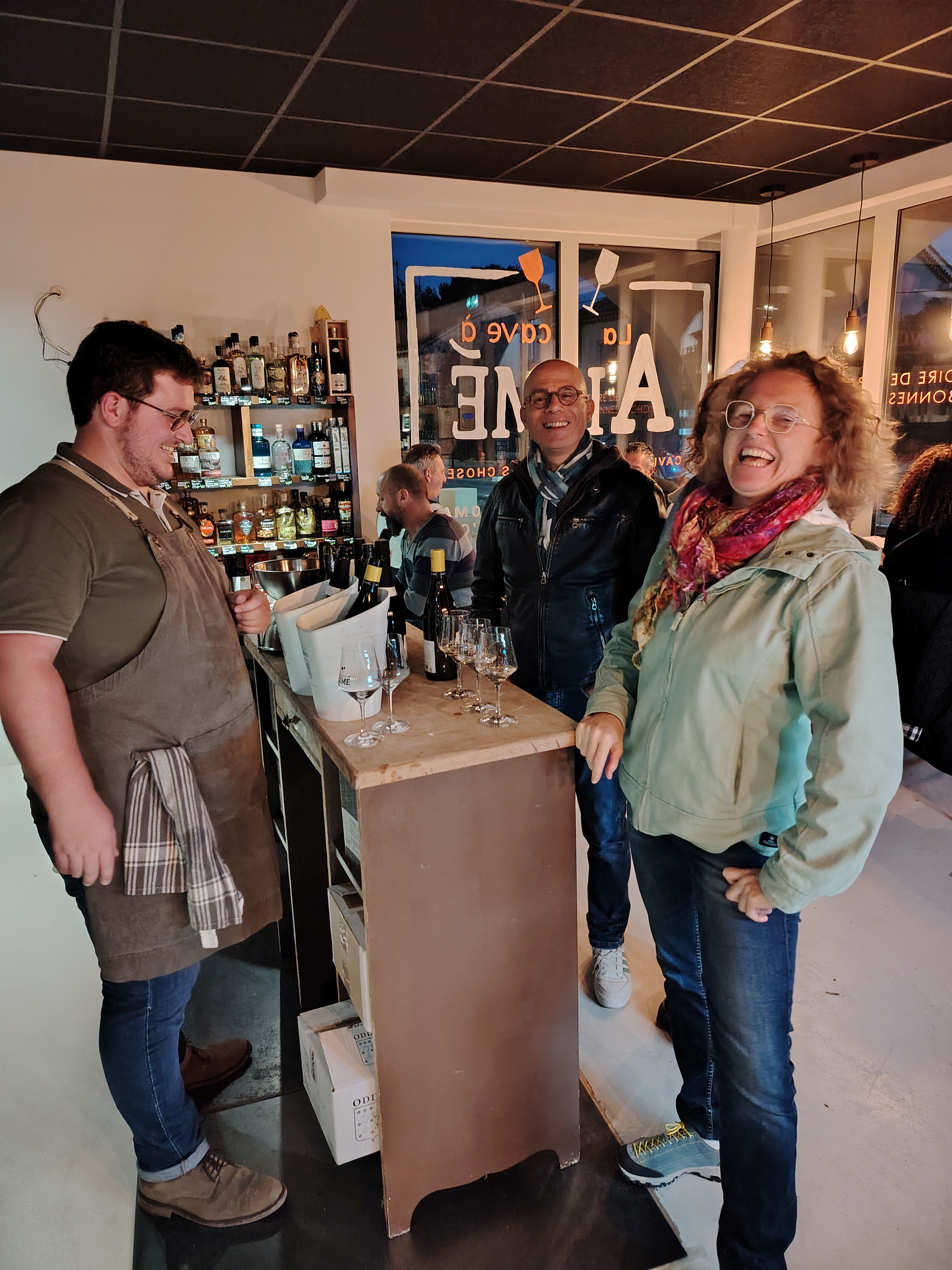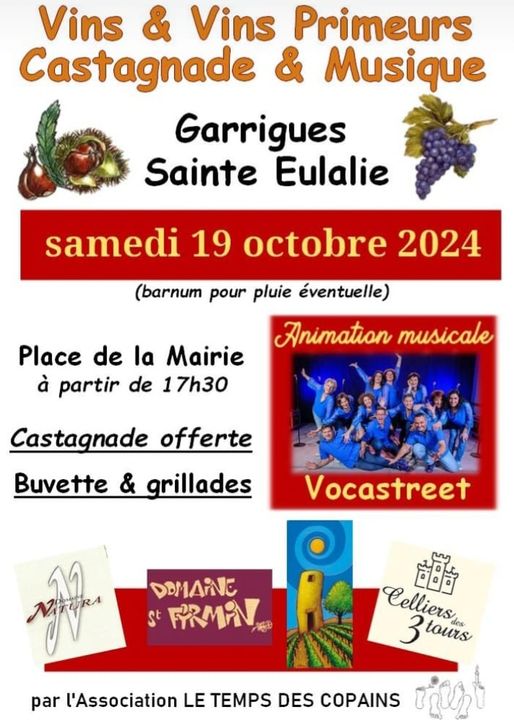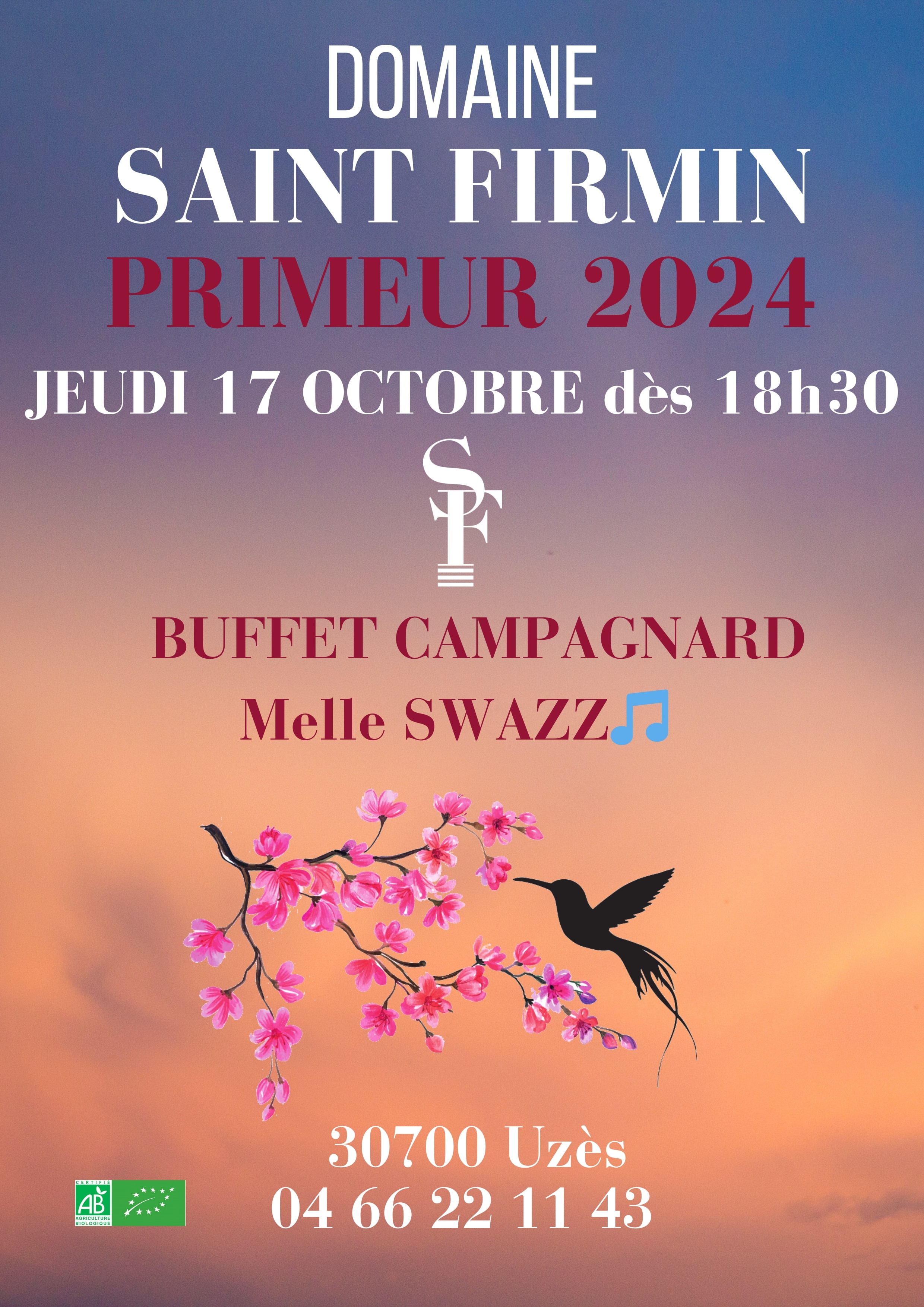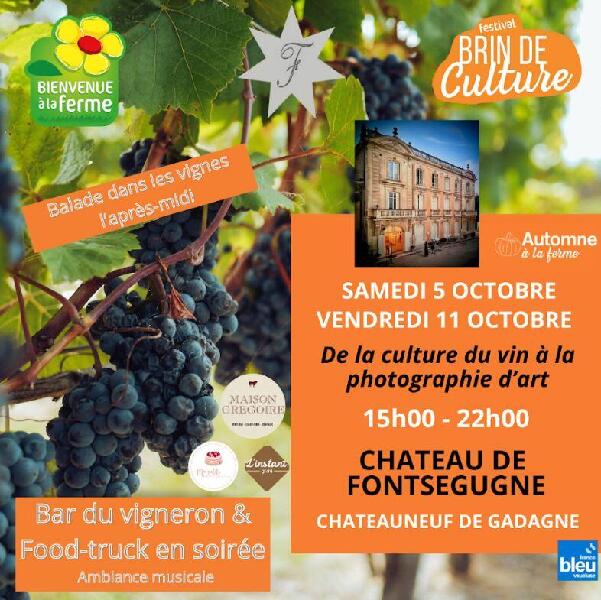In and around Ventoux: Nature and culture
At the foot of Mont Ventoux, aka the Giant of Provence, the vineyards of the Ventoux appellation blend seamlessly with orchards, olive groves and other trees prevalent in this area.
Nestled between raw nature and cultivated land, the vines enjoy a distinctive climate conducive to producing high quality wines.

Biosphere reserve
At 1,910 metres high, Mont Ventoux is a commanding sight – the highest peak in the Vaucluse Mountains. It’s also a haven of biodiversity, supporting both Mediterranean and Alpine species.
The slopes are home to dense forests of holm oak, white oak, cedar and beech along with larch, pine and fir, and share the landscape with rare plant species such as silene portensis and Alpine gentian.
Wildlife includes chamois, deer, and roe deer. The area also supports 120 species of birds including golden eagles and peregrine falcons, and even reptiles such as the meadow viper.
In recognition of the wealth of different species flourishing here, Mont Ventoux was classed as a Biosphere Reserve by UNESCO in 1990.
Perfect weather for vines
Their size and orientation make Mont Ventoux – and the Vaucluse Mountains in general – a transition zone between the Mediterranean climate and much cooler Alpine conditions.
As a result vines enjoy plenty of sunshine, but the searing Mediterranean heat is tempered by cool nights. The mountains also protect the vineyards from any excessive cold brought in by the Mistral blowing through the Rhône Valley, without diminishing its cleansing effect.
The garden of Ventoux
From the north of the appellation to the south, vines grow on gentle slopes at altitudes of around 600 metres. But they can also be found on the plains, which they share with fruit and other market garden crops, including the traditional olive trees, apricots and cherries.
These make up a major part of the landscape and contribute to the neat, garden-like feel. Their variety creates a stunning rural mosaic.
Crops also include table grape variety Muscat de Ventoux, and the summer truffle Tuber Aestivium, used in all kinds of dishes from appetiser to dessert.
Local specialities also include delights such as candied fruit and nougat, so it’s little surprise that the region's gourmets like to gather here to enjoy a glass of Ventoux AOC, particularly if the appellation winemakers are hosting one of their famous events.
And when those events include tastings, picnics, live music and Provençal country banquets, there really is something for everyone!


